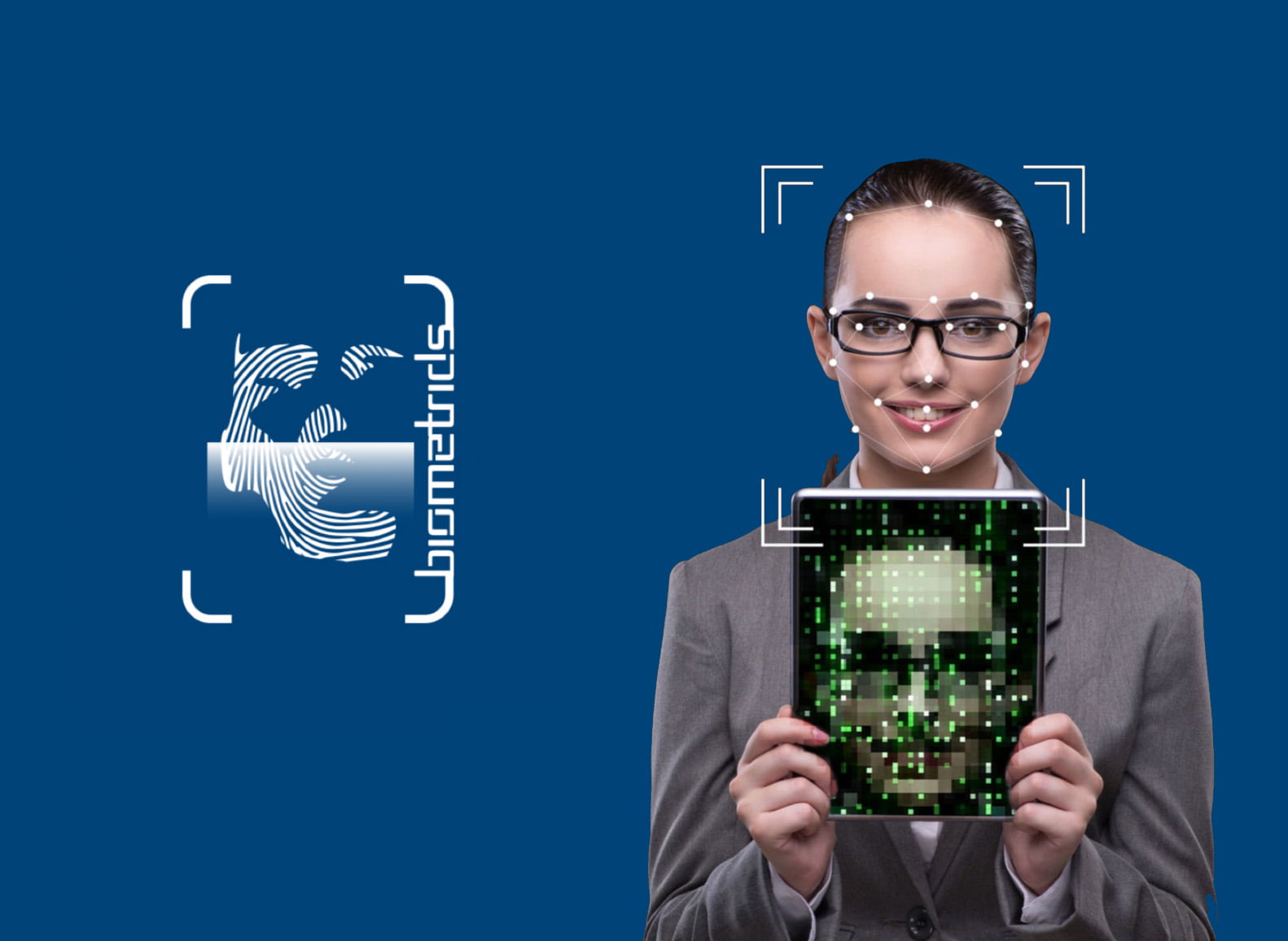Throughout history, identity authentication and verification has always remain a chief source of concern to many, and a full-blown nightmare to most. From physical impostors to virtual masqueraders by way of identity peddlers, pretending to be someone has been one of the most devastating crimes against humanity.
Disclosure: This is a Sponsored Article
The internet has only had it worst.
Who Am I?
With over 95% of websites requiring one form of digital identity and authentication or the other in order to access their services, you’d be forgiven for mistaking the internet for Fort Knox. However, the truth is it’s often easier to breach these sites with readily available tools than tying up your shoelaces.
The internet is now home to over ¾ of the world’s population; shopping, talking, meeting, watching, listening, reading, writing, and relaxing like we always do in real life. And the same way those of unlawful intent have learnt to scale our fences and pick our locks in the physical world, so have they learnt to circumvent most online safeguards.
In 2016 alone, an approximate $16 billion was stolen from about 15.4 million US consumers. Over the past 7 years (as of 2016) an estimated $107 billion has been stolen by identity thieves in the US, while identity fraud in the UK has
more than doubled over an eight-year period (2008 – 2016). Digitalization of identities has ushered in new sets of complexities to verification and authentication in ways that makes opening the door to a complete stranger in the middle of the night less terrifying. This has lead to an increase in identity theft, money
laundering, financial crimes, hacking, terrorism due to ease at which data can be propagated over the Internet.
Our digital identities are an extension of our physical selves. Anything threatens their safety, threatens our existence too because all its often takes is a single password.
A Tamper-proof Identity: The Online ID of the future, today
Biometrids is building a decentralized, immutable, and tamper-proof online identity platform of the future that leverages the facial recognition capabilities of smartphone devices and blockchain technology.
The human face has one of the most unique features for biometrics. From the shape of the mouth, ears, and forehead to the color of the eyes and lips, the combination of metrics the human face offers for 3D identification is formidable. By combining these features together for online identification and verification through smart contracts developed on blockchain technology, Biometrids is creating the world’s first truly “One Face, One ID” network.
One Face, One ID
Blockchain technology is distributed and decentralized. No single entity owns it, none can control it, and no one can bring it down without bringing down the whole Internet. This is why data written to the blockchain cannot be tampered or changed. Every data written to the blockchain is cryptographically secure and has its own unique identifier, eliminating the problems of fakes.
Biometrid’s “One Face, One ID” phenomenon is built on this. All the user needs is just a single recognition to secure, verify, and authenticate their ID. By utilizing the blockchain, Biometrids guarantees complete anonymity of user’s data, engagement, and transactions.
To learn more visit Biometrid’s Website as well as join Telegram channel.

